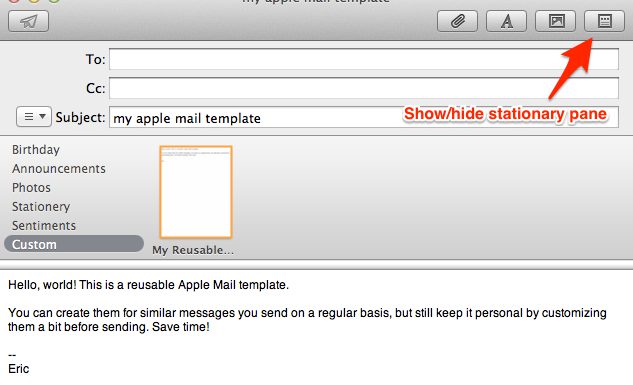

- Mac mail stationery templates how to#
- Mac mail stationery templates free#
Qzf4qwap44z88jkdassythjcnm54upacmvmvnzgddg
Use PayPal to give me a cup of coffee (select: $5, $10, $20, or custom amount)ġ6Ja1xaaFxVE4FkRfkH9fP2nuyPA1Hk7kR Donate in BitCoin Cash (BCH). Support Us Your support is highly appreciated. In this example I wrote “ NAME” in red, so I can see right away what information I need to change. Make obvious for yourself where, in the template, you’d need to customize information. Usually a template originates always from the same email account – you can ignore this if this is not the case in your situation. Make sure the “ From:” field show the account you’d like to use the template with (may not show if you have only one email account). Later on we’d like to be able to enter the correct email address of the recipient. There is only one way to get to that switch: via the Get Info panel for. Its available to you for any of your document files. Make sure you pay attention to these items: Stationery Pad is actually a file attribute you switch on and off. So you can add images, videos, different font styles, etc. In the email you can use anything you’d usually would use in an email. Mix your own photos with an elegant stationery template, and a positive reaction from your recipients is guaranteed. You can edit all text content, including the colorful headings with custom fonts. Start composing a new email just the way you usually do (or press ⌘ N, or select from the menu “ File” “ New Message“). Mail Stationery features a clean-cut style and high functionality combined with the powerful pull of personalization. In this step we will create a new email message and save it as a Draft message. Keep in mind that it should be a name that is recognizable for you, so you can find the folder easily in the future.Ĭlick OK when done. Mac mail stationery templates free#
Since your template most likely is used with one specific email account, set “ Location” to that specific email account.Īs for the “ Name“, I used “ EMail Templates“, feel free to enter whatever name you’d prefer.

In the next steps I’ll show you how you can accomplish this. However, with a simple trick you can make it behave like it does support templates.

Unfortunately, Apple Mail that comes with macOS doesn’t seem to have an obvious template mechanism. Typically this will not be a huge text, but wouldn’t it be convenient if you have the standard text pre-populated and just have to customize a few words or lines?
Mac mail stationery templates how to#
When a new customer approaches you, you’d like to send them a personal (not automated) welcome message with some instructions on how to use your website. In short: a prewritten and formatted email, which you’d like to use every now and then, to save yourself some time writing the same text (added images etc.) over and over again. 3 Using the Email Template in Apple Mailįor me this doesn’t happen often, but I can see a purpose for using email templates.įor example a prewritten email, as a standard response to certain situations.Step 4 - Move the Email Template to your template folder.Step 3 - Save the New Email as an Email Template.Step 1 - Make Folder (mailbox) for your Templates.2 Creating an Email Template for Apple Mail.







 0 kommentar(er)
0 kommentar(er)
